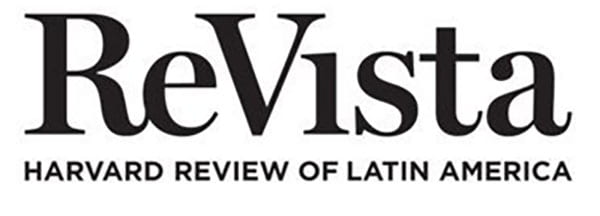Photoessay by Romulo Lujan
Ojos Propios

Photo: Rómulo Luján, Parque Malecón Miraflores, January 2020.
Cultural diversity and informal economic activities in urban public spaces. This type of scene highlights how many people depend on informal commerce for their income, showing the importance of these elite spaces for the local economy and popular culture.

Photo: Rómulo Luján, Malecón Miraflores Park, January 2020.
Diversity of ages and activities in urban public spaces, as meeting and coexistence points between different generations and social classes.

Photo: Rómulo Luján, Barranco, Lima, 2010.
Coexistence of the informal economy, represented by the street vendor, and the formal economy, represented by the people who dine in the establishment. Contrast that highlights the economic disparity and the diverse forms of urban subsistence, between different economic activities, social and cultural dynamics that shape daily life.

Photo: Amador Luján, Goyllarisquizga, Cerro de Pasco, 1967.
This image recorded by my father Amador Luján in the 1960’s offers us a fascinating vision of the coexistence of traditions and modernity in a society in transition. The contrast in the clothing of the two people in the village of Goyllarisquizga, Cerro de Pasco, Peru—one in formal dress and the other in peasant attire—reflects how cultural and social practices can vary significantly within the same community. The coexistence of these two worlds within the same environment shows the resilience and adaptability of cultures in the face of socio-economic and technological change, as seen in the environment of a store with a sign, where different identities and practices met and coexisted.
Fotoensayo de Romulo Lujan
Ojos Propios

Foto: Rómulo Luján, Parque Malecón Miraflores, enero de 2020.
Diversidad cultural y actividades económicas informales en espacios públicos urbanos. Este tipo de escenas resalta cómo muchas personas dependen del comercio informal para sus ingresos, mostrando la importancia de estos espacios de cierta élite para la economía local y la cultura popular.

Foto: Rómulo Luján, Parque Malecón Miraflores, enero de 2020.
Diversidad de edades y actividades en espacios públicos urbanos, como puntos de encuentro y convivencia entre diferentes generaciones y clases sociales.

Foto: Rómulo Luján, Barranco, Lima, 2010.
Coexistencia de la economía informal, representada por el vendedor ambulante, y la economía formal, representada por las personas que cenan en el establecimiento. Contraste que resalta la disparidad económica y las diversas formas de subsistencia urbana, entre diferentes actividades económicas, dinámicas sociales y culturales que configuran la vida cotidiana.

Foto: Amador Luján, Goyllarisquizga, Cerro de Pasco, 1967.
Esta imagen registrada por mi padre Amador Luján en la década de 1960 nos ofrece una visión fascinante de la coexistencia de tradiciones y modernidad en una sociedad en transición. El contraste en la vestimenta de las dos personas en el poblado de Goyllarisquizga, Cerro de Pasco, Perú, —una con traje formal y otra con atuendo del campesino —refleja cómo las prácticas culturales y sociales pueden variar significativamente dentro de una misma comunidad. La coexistencia de estos dos mundos dentro de un mismo entorno muestra la resiliencia y la adaptabilidad de las culturas frente a los cambios socioeconómicos y tecnológicos, como se observa en el entorno de una tienda con letrero, donde diferentes identidades y prácticas se encontraban y coexistían.
Related Articles
The History of Inequality
For the last few decades, a strong consensus has held that Latin America is not only the most economically unequal region in the world, but also one where inequality has become structurally entrenched. Even in countries where income levels are relatively high by global standards, a small elite continues to control a disproportionate share of national wealth. This consensus reflects a broader shift in the development community and public arenas.
Waxing and Waning: Institutional Rhythms of Inequality
Zelia Maria Magdalena Nuttall was famous in her time, well-known as an archaeologist, an Americanist, an antiquarian, an ethnologist, a folklorist and “a lady scientist”; she was a woman “making it” in a man’s world from the 1880s to the 1930s. Deeply engaged in research about ancient civilizations in Mexico, she led a remarkable life as a pioneer in the evolution of anthropology as a field of study.
The Biology of Inequality
Asked to write about inequality in Latin America, an evolutionary biologist would naturally think first of human history. Systemic inequalities among groups of people has taken many forms over the centuries, since long before the colonial era. For at least as long as there have been cities, there have been inequalities in access to resources, in the form of housing, employment, education and even food and freedom itself. These historic and continuing injustices are widely-recognized. What I wish to write about is the much less visible, but more pervasive, impact of a source of inequalities—the stress of experiencing discrimination—on health that is, perhaps surprisingly, an ancillary consequence of an even older human history of exposure to stress challenges in both our physical and our social environments.




